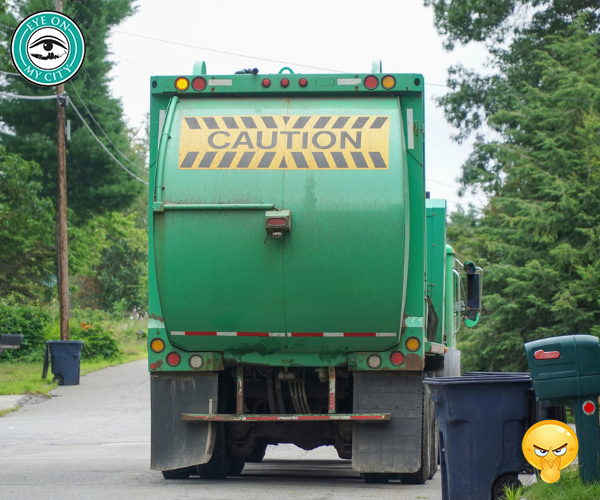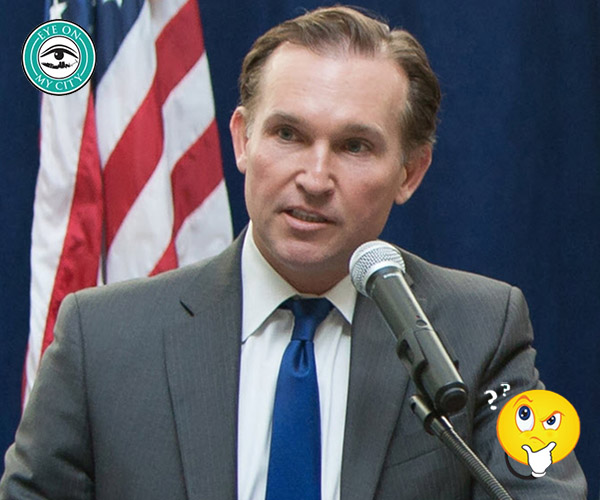
One hot topic in City Haul currently is spending on public infrastructure improvements.
This is not anything new.
In December 1882 – the same year pitchman P.T. Barnum bought his famous elephant Jumbo – the editor of the Daily Times in Jacksonville wrote: “Outside of our hotels there is nothing in Jacksonville exceedingly attractive. We have a barn of an opera house; our roads are not as good as they were ten years ago; we have a yacht club without yachts, the requisite of becoming a member of which is not to understand how to sail a yacht, but to know how to dance the latest dances. Bay Street is the same old mud hole in wet weather that it always was, and our sidewalks are still marvels of dangerous contrivance. If we are not sleeping, let us wake up and do something to retain for Jacksonville its popularity as a ‘Winter City in Summer Land’.”
Subsequently, in 1894, a capital improvement plan for infrastructure began with a $1,000,000 bond issue. Bay Street was paved with brick from Bridge (now Broad) to Market. Main Street was paved to Hogans Creek. (Just as Main Street was finished a circus parade passed over it and the heavy wagons damaged the road.) Riverside Avenue was paved from McCoys Creek to Rosselle Street. Ground was broken for the City Hall and a market.
Also, the JEA was born.
An electric light plant was authorized. Private lighting interests filed an injunction against the city, hoping to prevent the establishment of a municipal light plant. The city won the suit.
In addition to these improvements, $1 million was spent on privately owned buildings.
“Jacksonville now advanced from the large town to the city class,” T. Frederick Davis wrote in his history of Jacksonville, from which most of the preceding information was drawn.
In the nearly 140 years since, there have been constant exhortations from the newspapers and politicians to spend more and more money on public improvements.
Politicians have responded. Immediately after consolidation the city spent huge amounts to phase out sewage outfalls into the St. Johns River, and to buy up and improve treatment plants.
Mayor Jake Godbold did many miles of road paving to eliminate dirt roads. Mayor Ed Austin spearheaded the River City Renaissance, a $235 million bond issue in 1993. Among the projects was buying and refurbishing of the St. James Building, which became Jacksonville’s new city hall, and the transformation of the Jacksonville Civic Auditorium into a center for the performing arts. When the city was awarded an NFL franchise, funds were used for construction of Jacksonville Municipal Stadium. Money was also spent for the Sulzbacher Center for the homeless, extending the Jacksonville Riverwalk, and the Jacksonville Zoo and Gardens.
The most recent was Mayor John Delaneys Better Jacksonville Plan. Voters approved $2.25 billion in spending to make Jacksonville better, with $1 billion of it going to roads.
That money isn’t even spent yet, and already some politicians are insisting that little has been done and much, much more must be spent.
No matter how often the public approves additional spending, above and beyond what taxes already in place finance, the demand for more is not likely to ever end.










